All about Fabrics
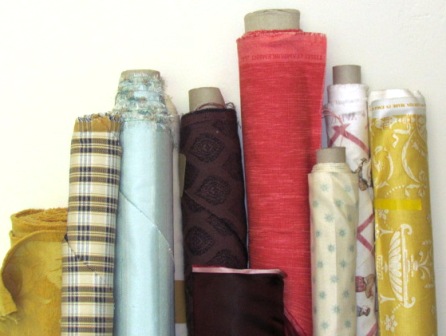
There is such a lot of information all about fabrics both on line and in shops to give such a lot of inspiration for creating a very personal look.
Let your imagination go free with the wide variety on offer. There are plains, plaids, light or heavy weave, stripes, animal or floral fabric. The choice is vast to help you create the look and style you want.
Create the feel you want for your room whether you enhance the period of your house be it Modern or from the Edwardian, Georgian, Tudor or Victorian times with some tapestry material.
Bring back the look from one of the decades 1930's, 50's, 70's or now...with a modern version of a vintage look...
... or walk into your room and feel like you are in a cosy cottage in the country, a Moroccan lounge or a Bedouin kitchen by using some chintz or geometric style.
All about Fabrics - Classification and Types
All fabric can be broken down into how they were made such as woven, non woven or knit fabrics.
Within these types are the type of weight each fabric is from the lightweight, through the middleweight towards the heavyweight.
Each of these types of fabric can have the different weights.
Light weight Fabrics
Medium weight Fabrics
Heavyweight Fabrics
Many can be a solid single colour then ranging to multicoloured stripes, checks, floral and geometric prints large and small.
There are many others that give a range of textures which will also enhance the look of many rooms or clothes. Corduroy, velvet, lace and wool to name a few.
Some types of fabrics are best suited to a particular type of sewing but many cross the divide.
Cottons for example can be used for clothes, patchwork and quilting but can also be used for cushions, curtains and drapes.
Natural Fabrics
These are ones that are grown from plants or animals, that are harvested and then turned into cloth.
They can come in pure 100% form or mixed with other fabric fibres to give added qualities such as strength.
These fibres grow on a plant as a flower similar to a Hollyhock. The flowers come in red, white or yellow and when these die the seed pod opens to show the white hairy down.
Linen is obtained from fibres in the stalk of the flax plant. The stalk is split and submerged in water for a few weeks to separate the fibres from the gluey substance that sticks them together.
This is made from a cocoon of a caterpillar.
The size of the cocoons are near to the size of an egg from a pigeon. This fibre is then taken off the cocoon.
Wool mainly comes from the fleece of a sheep and the types of sheep bred today produce about twice as much fleece as about a century ago.
Wool and yarn not only comes from sheep but other varieties of this fibre come from rabbits, llamas, alpacas and goats.
Synthetic Fabric
These are made by man so are also called man made fabric. Acrylic, Nylon, Polyester and Visose come into this category. These are all made by mixing chemicals into a machine but they also mimic the natural fabric really well and are often the choice in many types of sewing.
Craft Fabric
There are also specialist fabrics for certain type of crafts such as cross stitch fabric and tapestry fabric. These are more open weave that allows for the crosses to be sewn.
Other types of craft such as patchwork and quilting are best done with cotton fabrics that don't stretch which could make the pattern go out of line.
Enhanced or Textured Fabric
Some natural or synthetic fabrics can have a different look and feel to their original source.
Deciding on the right fabric to use.
Whatever you choose there may be a few questions to answer to help your decisions:
- Which room is it for?
- Usually a lighter, brighter material is used in the bedroom,
children rooms, bathrooms or kitchens. The heavier ones tend to be used
in the downstairs rooms. They can also be used the other way round
depending on the look and feel you want.
- Should it be washable?
- The answer is yes if the cushions are used in an area where they are
likely to become soiled as in the breakfast area of the kitchen. Also if
they will be used by children, pets or any area where they will have
general to heavy usage.
- Should it be hard wearing - Again yes is the answer for room that get a lot of use as a medium to heavier weight will not wear out as quickly. However a bright cotton or delicate silk cushion can add a touch of elegance.
Enjoy finding out all about fabrics to find the right one for you.
There are many on line and off line shopping outlets to find a good range of fabrics. Abakan offers a good range of fabrics and accessories.
- Home
- All about fabrics
Affiliate offers
Please take care with any soft furnishing that it does not come into contact with any heat source.
If you have found an error on this page or want some more information on sewing cushions.
Please contact me . Thank you

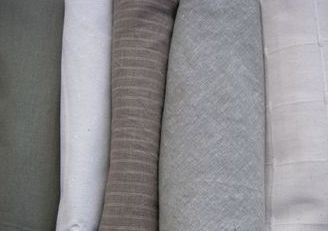
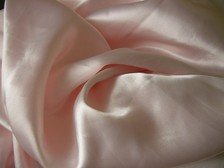

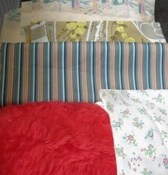
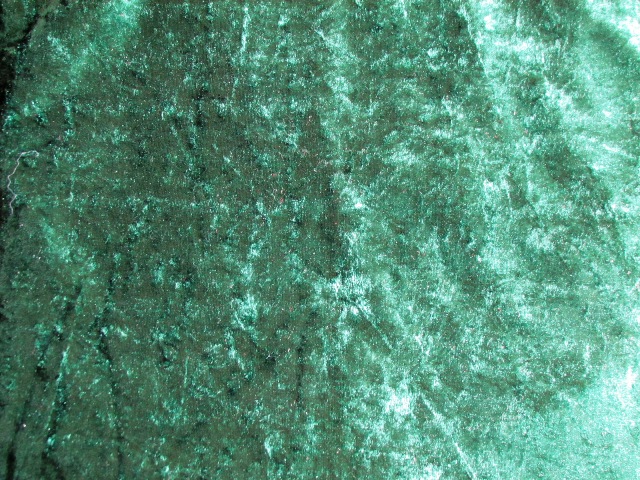
New! Comments
Have your say about what you just read! Leave me a comment in the box below.